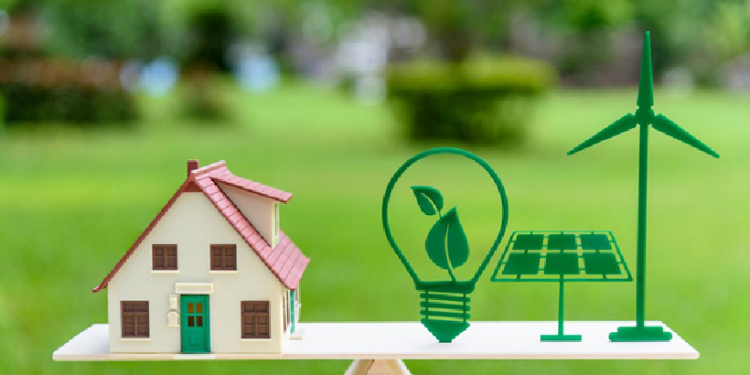The 3D printing industry has experienced phenomenal growth over the past decade. A lot of development has undergone in order to advance this technology, make it more accessible to the general public, and use it in different areas such as architecture. It is truly impressive how far this technology has come and how fast it grows and develops to this day.
Printing has even found its way into the architectural culture throughout the world.
People are using it to print new structures in a very short amount of time and for a much affordable price. They use printing to come up with structures that would be otherwise difficult or too expensive to manufacture. These structures can be made with plastic, as well as other natural materials such as soil and natural waste, there are even machines that can print using actual cement mixtures. Overall 3D printing structures have many benefits, and before we look at some examples of 3D printed structures, let’s take a look at why people decide to make those.
Benefits of 3D Printed Structures
One of the more prominent advantages of 3D printing structures is the costs. Essentially, the 3D printer prices cost less for the manufacturers to make large-scale industrial buildings as well as some more complicated structures. The other benefit would be the time that it’ll take to make those structures.
As already mentioned, some of the materials can be environmentally friendly, which is a huge benefit as well.
Gaia A House Made Out Of Earth
A 3D printed house that is made out of the earth, as well as with the help of a special crane called Crane WASP, is a very interesting project to look at. The special crane machine can be assembled anywhere, it has a rotating hinge which is the filament output point that prints the house. Soil is fed to the machine while the workers are standing by to make sure the process goes smoothly. In the end, some wooden accents and decorations are added, such as the windows, the roof, and the door. The end result is a nice looking house which was made using natural resources, is quite sturdy and looks amazing!
A Pedestrian Bridge
History was made when back in 2015, a couple of organizations and great minds came together to create the world’s first functioning 3D bridge. This pedestrian bridge stands in the Castilla-La Mancha urban park in Alcobendas, Madrid. This bridge is constructed using special binding agents that make these 3D printed structures much sturdier than you might expect. This bridge has a total length of 12 meters and 1.75 meters of width. This bridge is quite an impressive achievement.
A Villa in China
If a pedestrian bridge and an entire printed house were not impressive enough for you, then you surely would be surprised to learn that in China an entire two-story villa was made in just 45 days using a custom 3D printing technology. Yes, you read that right, this villa was created by HuaShang Tengda.
The entire thing was printed using 20 tons of special concrete, which made the entire structure really thick. In fact, it is so well built that it can withstand an earthquake that would destroy most structures.
Conclusively 3D printing keeps on surprising everybody by its advancements and implementations in many different projects throughout the world. There are dozens of other projects that were made and constructed with the help of 3D printing technology, it seems that it has unlimited potential.





